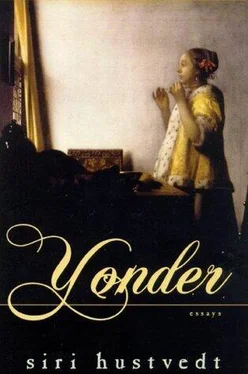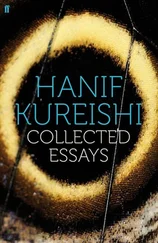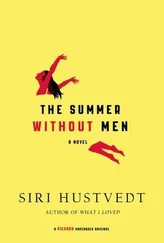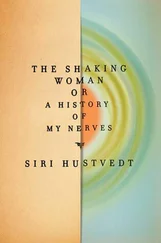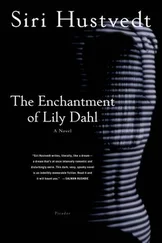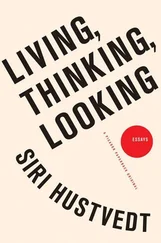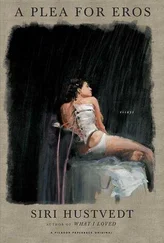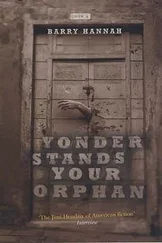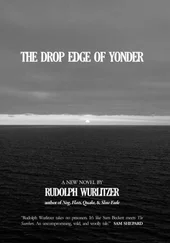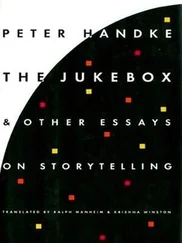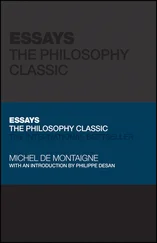Siri Hustvedt - Yonder - Essays
Здесь есть возможность читать онлайн «Siri Hustvedt - Yonder - Essays» весь текст электронной книги совершенно бесплатно (целиком полную версию без сокращений). В некоторых случаях можно слушать аудио, скачать через торрент в формате fb2 и присутствует краткое содержание. Год выпуска: 2013, Издательство: Henry Holt and Co., Жанр: Публицистика, на английском языке. Описание произведения, (предисловие) а так же отзывы посетителей доступны на портале библиотеки ЛибКат.
- Название:Yonder: Essays
- Автор:
- Издательство:Henry Holt and Co.
- Жанр:
- Год:2013
- ISBN:нет данных
- Рейтинг книги:5 / 5. Голосов: 1
-
Избранное:Добавить в избранное
- Отзывы:
-
Ваша оценка:
Yonder: Essays: краткое содержание, описание и аннотация
Предлагаем к чтению аннотацию, описание, краткое содержание или предисловие (зависит от того, что написал сам автор книги «Yonder: Essays»). Если вы не нашли необходимую информацию о книге — напишите в комментариях, мы постараемся отыскать её.
In her brilliant and daring novels
and
Siri Hustvedt has won critical acclaim and a rapidly expanding international audience. But she is also a wide-ranging essayist and critic, frequently reexamining in her fascinating nonfiction many of the central leitmotifs of her fiction.
The six pieces in Yonder, Hustvedt's first book of essays, are all meditations on the complex relationship between art and the world. They include a personal essay on memory and place, which investigates the images we retain from our lives, the lives of others in the world, and the lives of characters in books. In "Vermeer's Annunciation," Hustvedt gives an entirely original interpretation of the Vermeer painting Woman with a Pearl Necklace. In "Ghosts at the Table," she examines the essence of still life as a genre in painting from Cotan and Chardin to Philip Guston. Other essays include a profound piece about Dickens, a reassessment of The Great Gatsby, and a witty and provocative assault on contemporary pieties entitled "A Plea for Eros."
